In case you’ve been wondering what type of paperweights and tablecloths communist dictators used to like, wonder no more.
Just the other week, our friends over at VICE Romania went to an exhibition of all sorts of paraphernalia found in the home of former Romanian dictator Nicolae Ceausescu and his wife, Elena.
The most interesting piece included in the exhibition is a painting by Constantin Artachino, called ‘Scanteia’.Scanteia was basically the Romanian version of the Russian Pravda, the newspaper of the Socialist Party. Everyone had to buy it and being seen reading it gave you bonus points. Artachino was not a supporter of the Communist Party, but poverty forced him to work for them. Revenge comes in many forms, though – look closely at the woman’s eyes, and they hint that she isn’t really reading the paper, she’s just holding it so others can see its title. This subtle irony was joined by a cabbage thrown in the right corner of the painting. Apparently in Romania, this counts as an insult, because cabbages are thought of as gross. A bit harsh on cabbages, but what the hell.
Videos by VICE
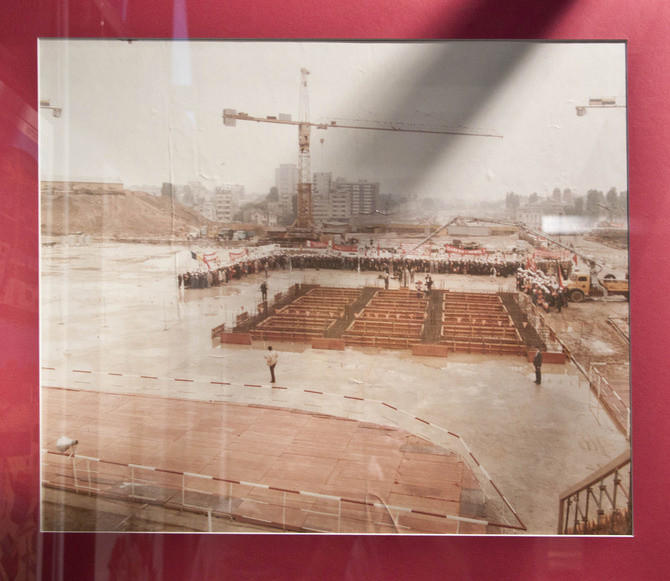
Nicolae Ceausescu is pictured in the middle of the painting laying the first brick to his greatest work, The People’s Palace. In the background you can see one of the churches that would be engulfed by his massive building project.
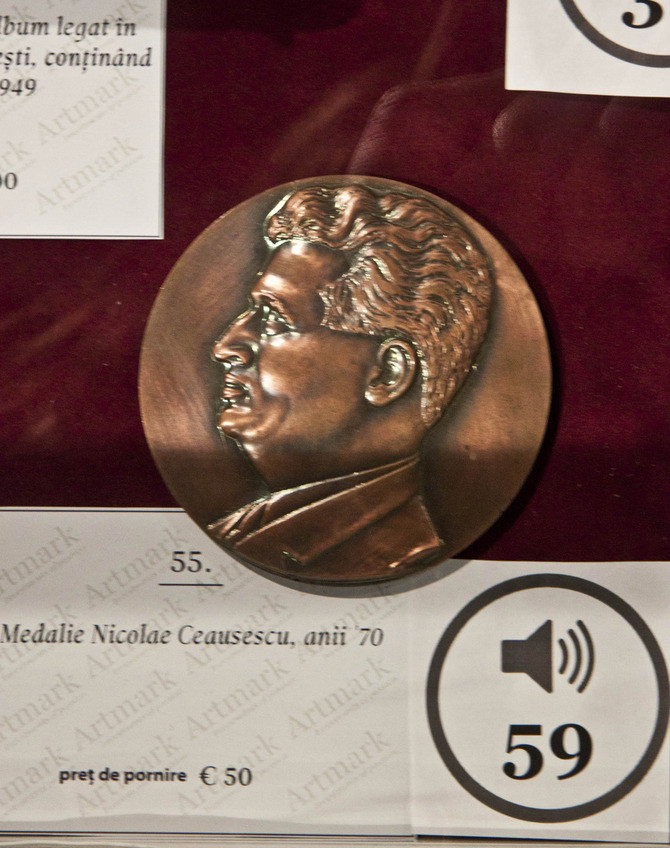
Envious of his wife’s medals, Nicolae ordered some for himself too.

Constantin Artachino, ‘Scanteia’.
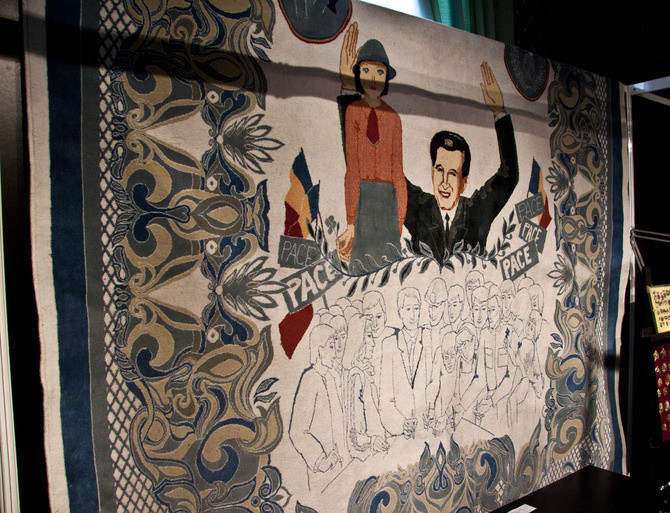
This three-square meter rug was initially made to decorate The People’s House, Ceausescu’s palace and fake Parliament. It was thrown away the moment he realised that members of the National Assembly would be stepping on his face.
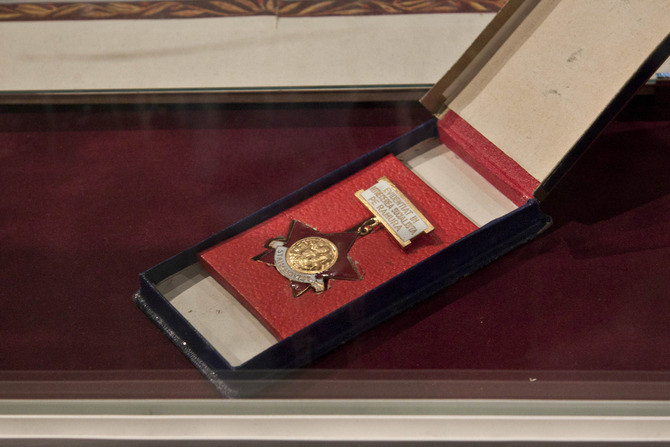
This is called the Medal of Stahanov, named after a man said to have single-handedly lifted 12 tons of coal in one day.

Elena Ceausescu is probably responsible for quite a few African endangered species.
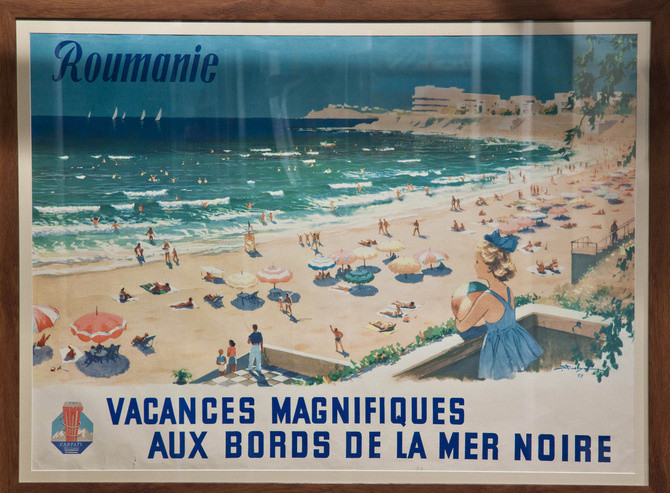
Even though not as picturesque now, the Romanian seaside was really popular among tourists back in the day. Romanian citizens didn’t get to see it that often though.
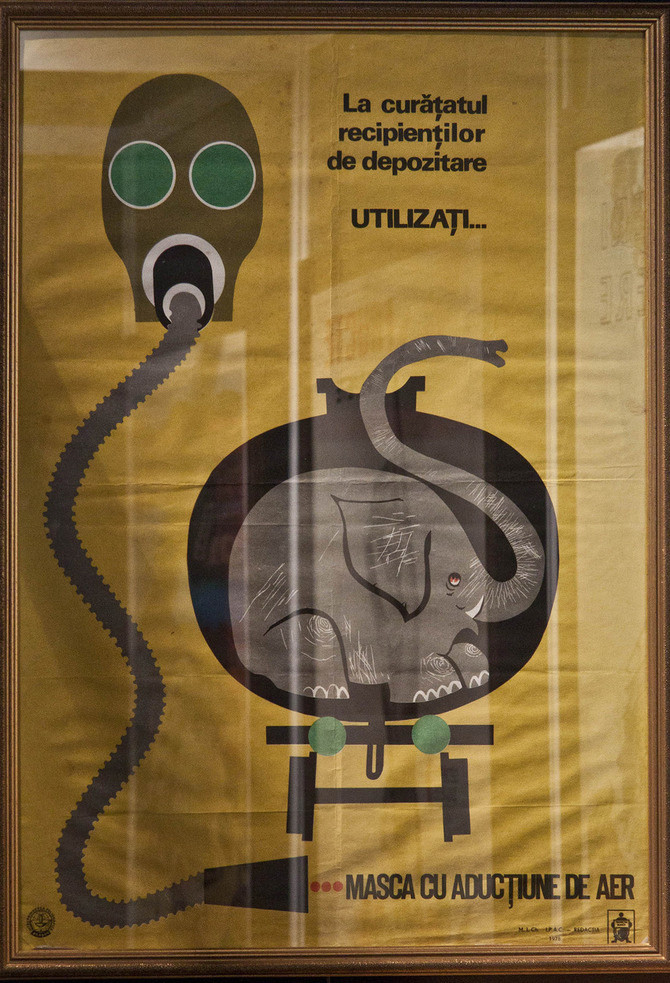
Poster made for the Sanitary Department in one of Socialist Romania’s many factories.
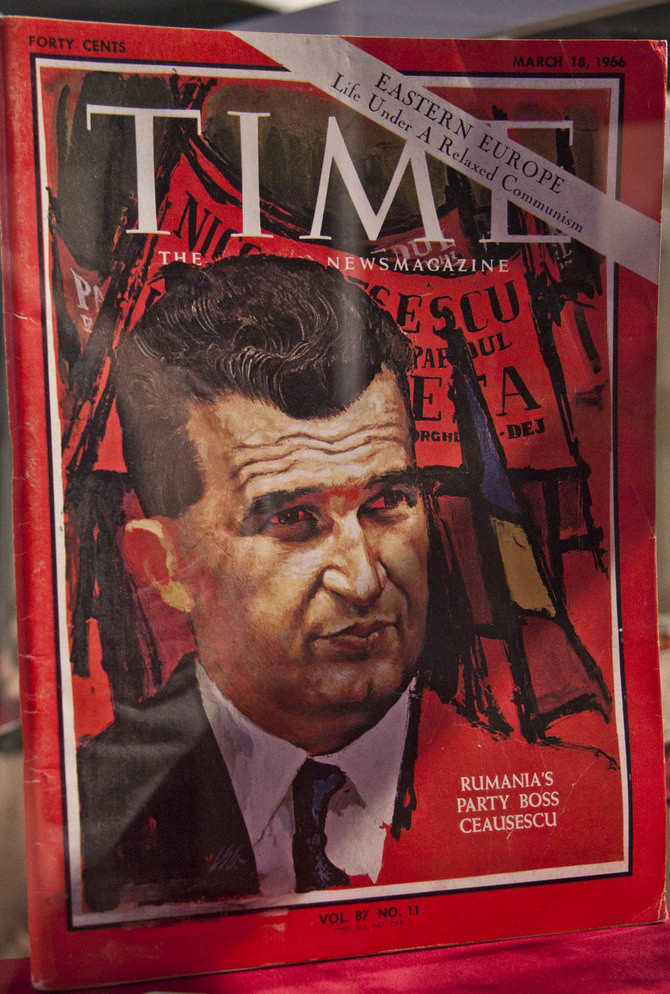
This edition of Time magazine was devoted to Ceausescu’s rise to power.
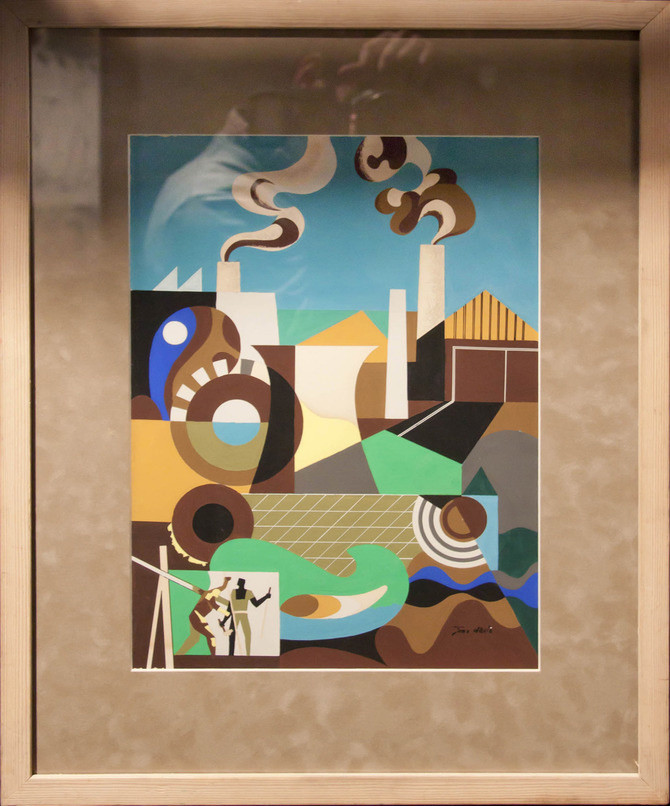
Jean David was one of the artists forced to whore themselves out to the regime to make a living. This painting of his is titled ‘The Refinery’.
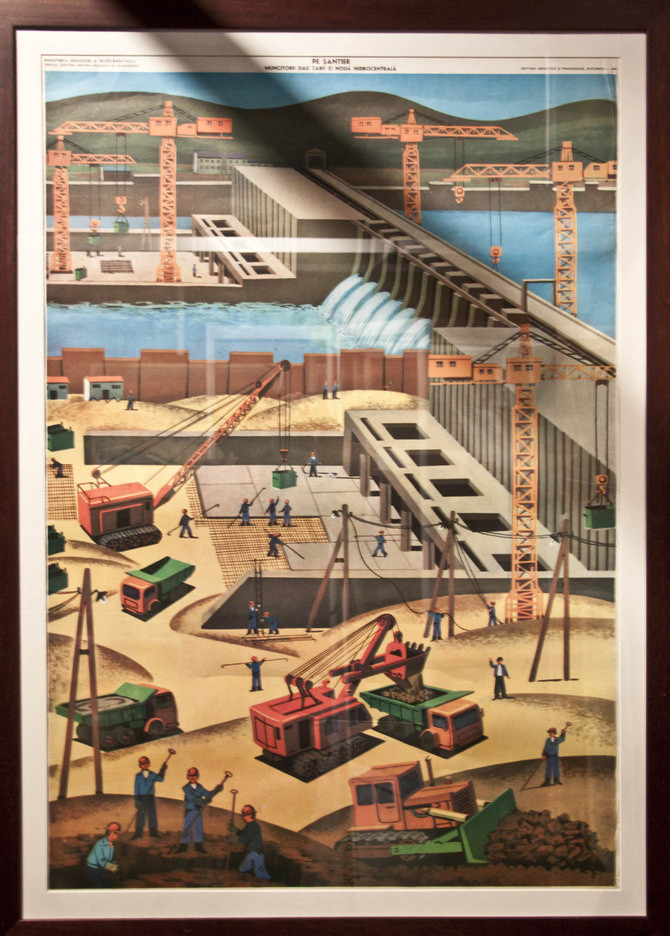
The title of this poster reads, “Workers Giving the Country A New Hydroelectric Powerplant”.

The flag of the Pioneers, the children’s division of the regime in a way. When Ceausescu decided to create his own flavour of Communism, Lenin and Stalin were cut out of the flag.
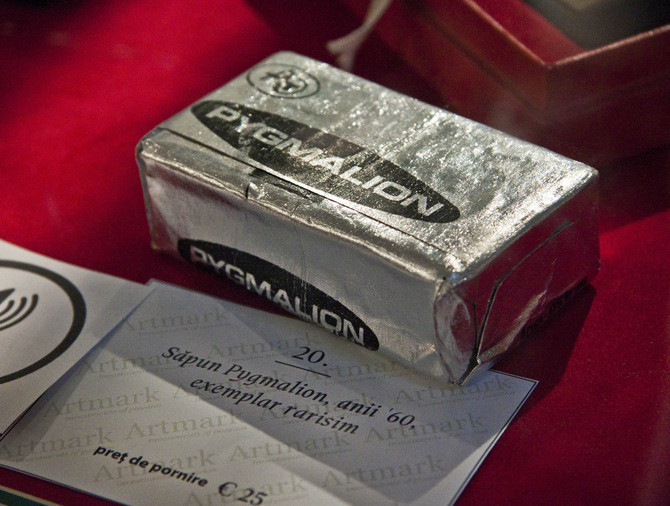
Pygmalion soap for the hands of the Iron-welding worker.
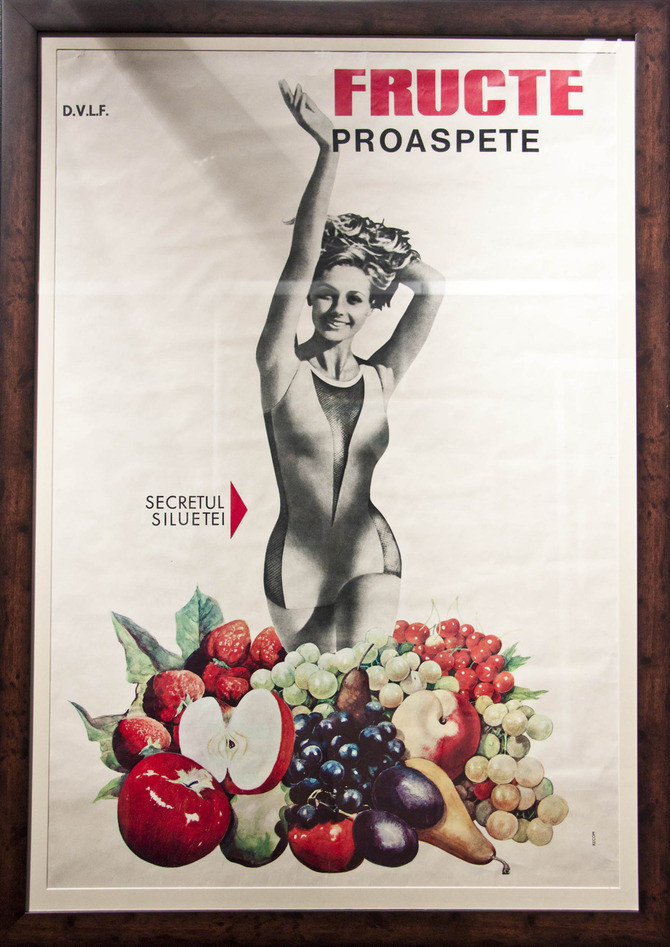
A Health Care campaign promoting fruit and vegetables as a means to weight loss. I guess the national famine was somewhat ineffective.
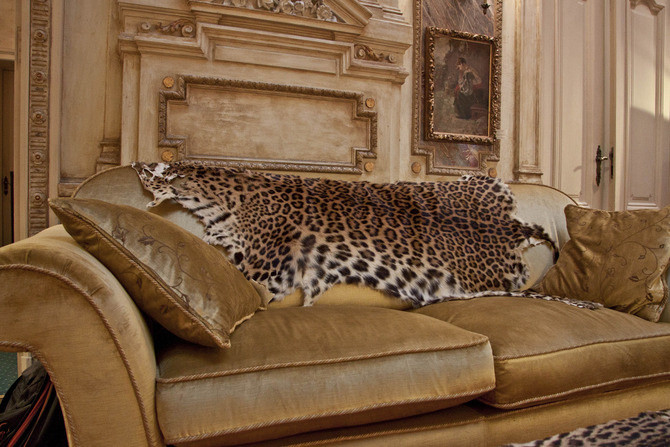
African military leaders would go to great lengths for Elena Ceausescu. For example, skinning a leopard alive.
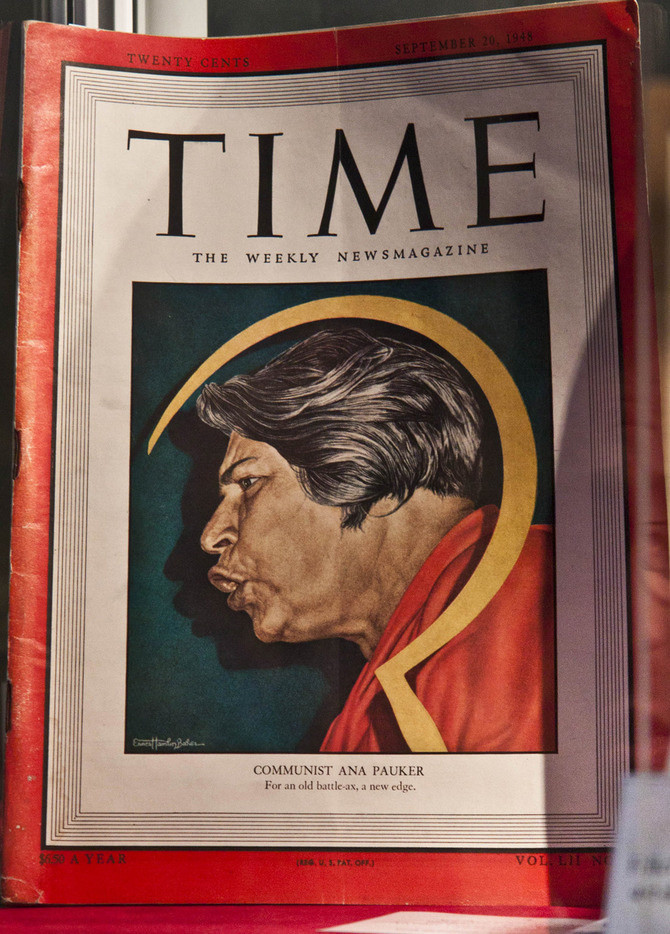
Another edition of Time, this time dedicated to Ana Pauker, the Iron Lady of cheap propaganda. She ran Scanteia and other communist magazines during Ceausescu’s reign.

Just your average limited-edition, gold-plated flower pot, made especially for each of the Communist leaders of the former USSR.
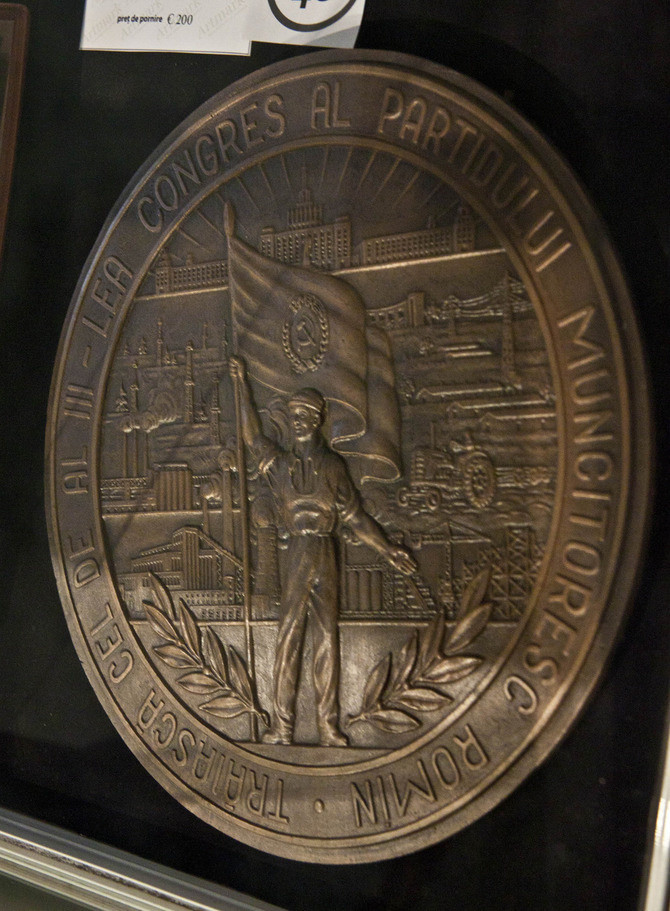
Bronze disc commemorating Ceausescu’s National Gatherings.
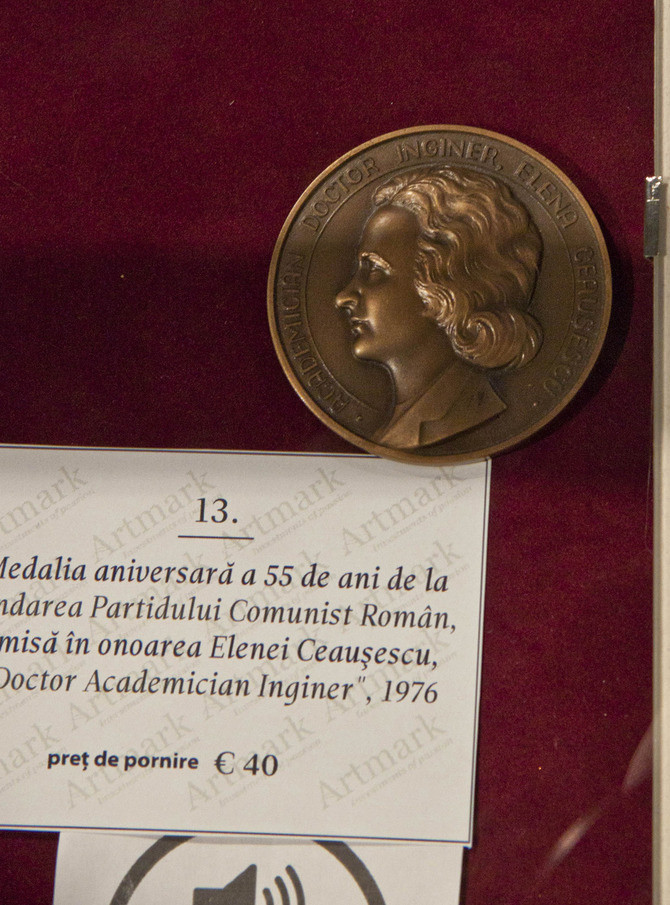
Elena Ceausescu compensated for the fact that she was an illiterate housewife by making people award her Roman-style bronze medals naming her a member of the Romanian Academy of Science.
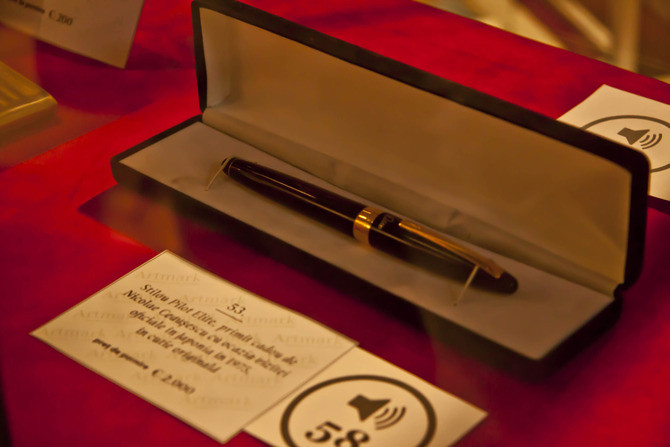
A gift from the Emperor of Japan.
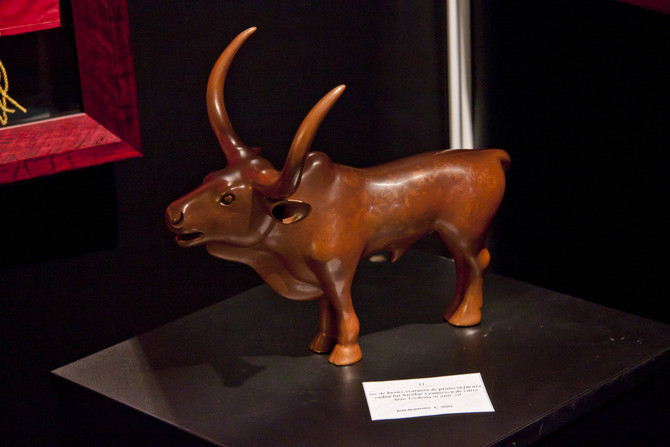
This bronze yak was a gift to the Ceausescus from Mao Zedong. Apparently, the yak is a symbol of great strength and virility in Chinese culture.




